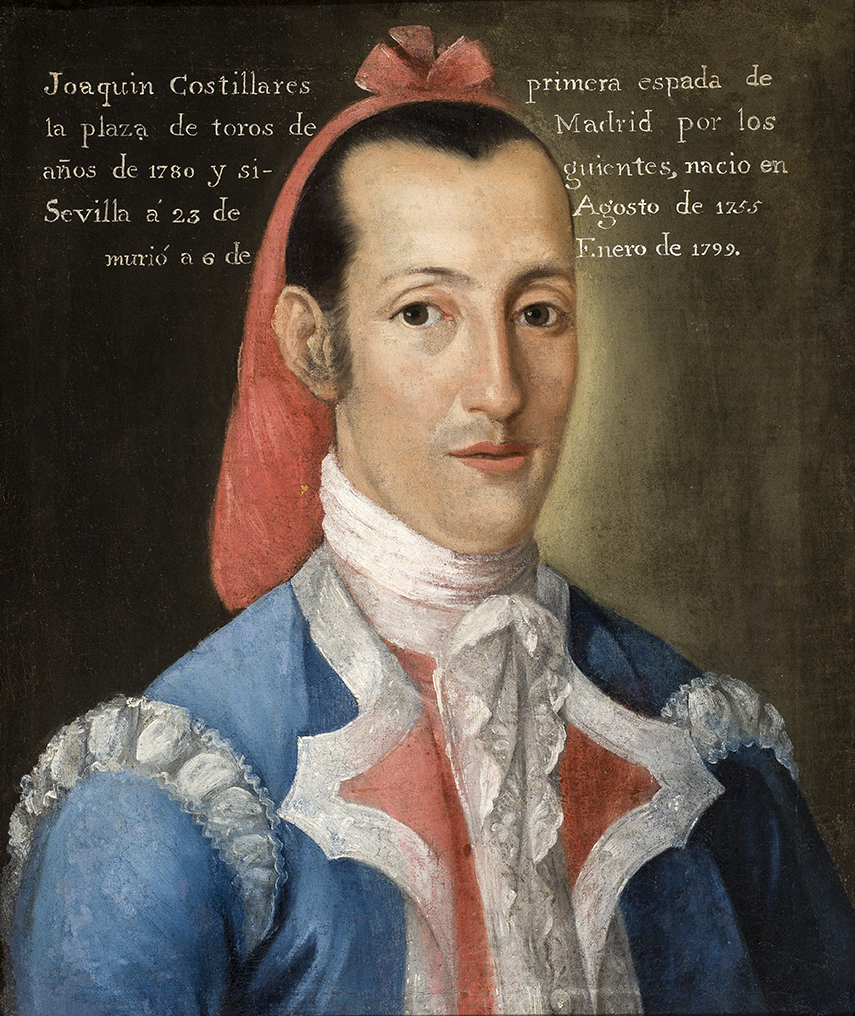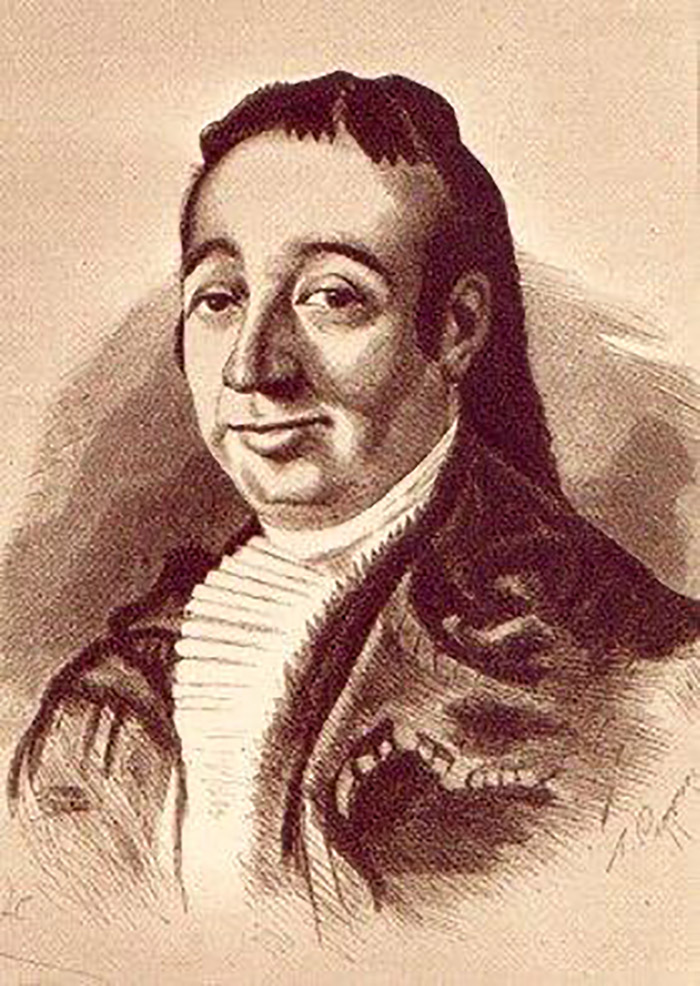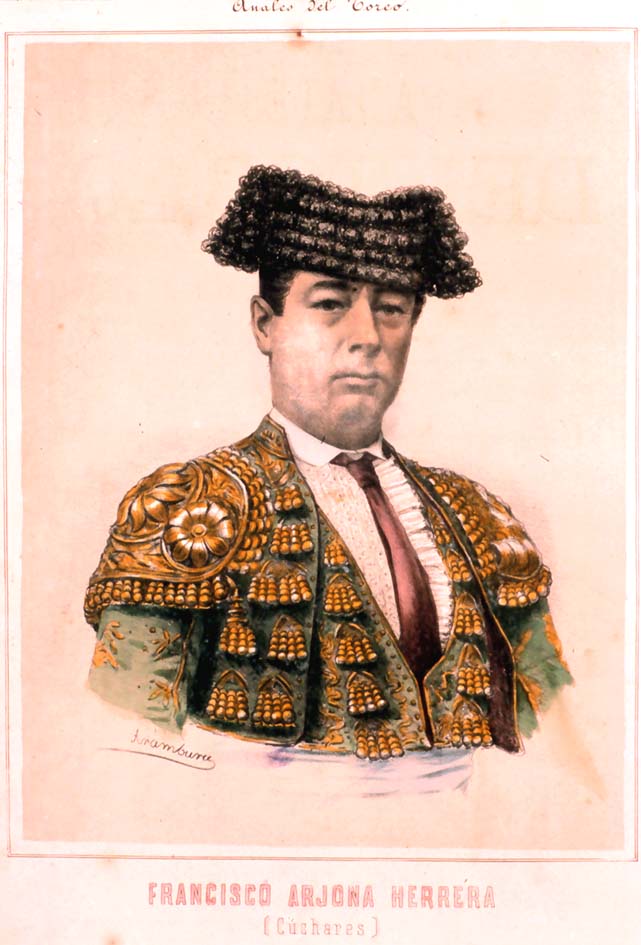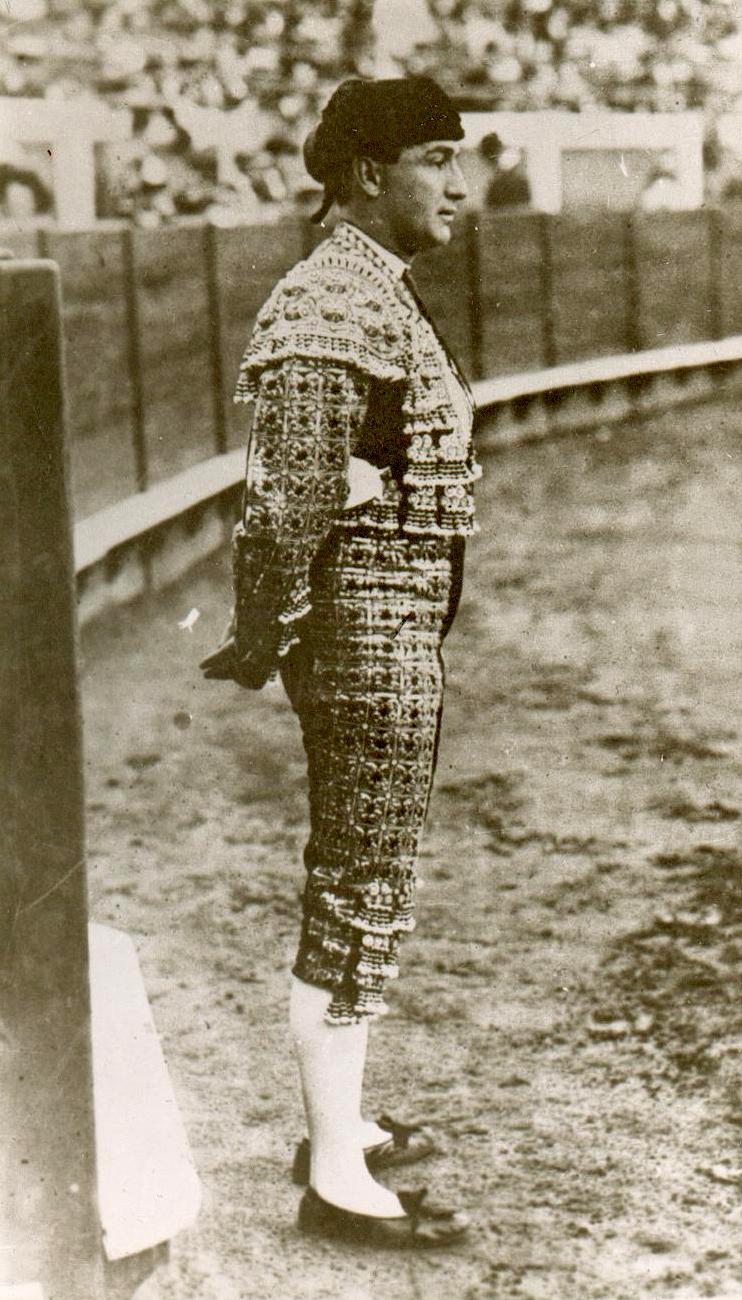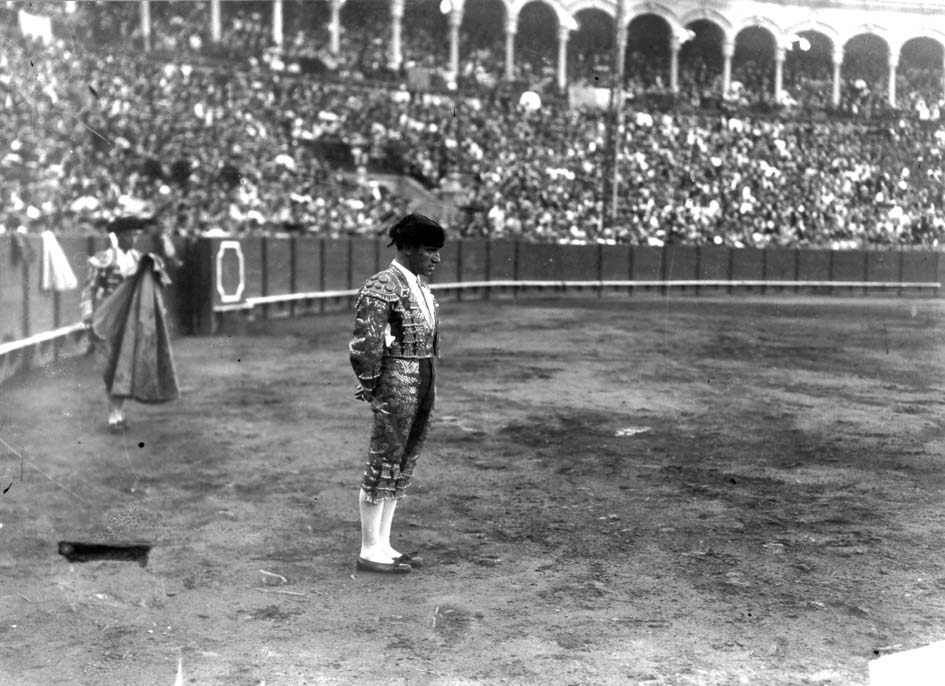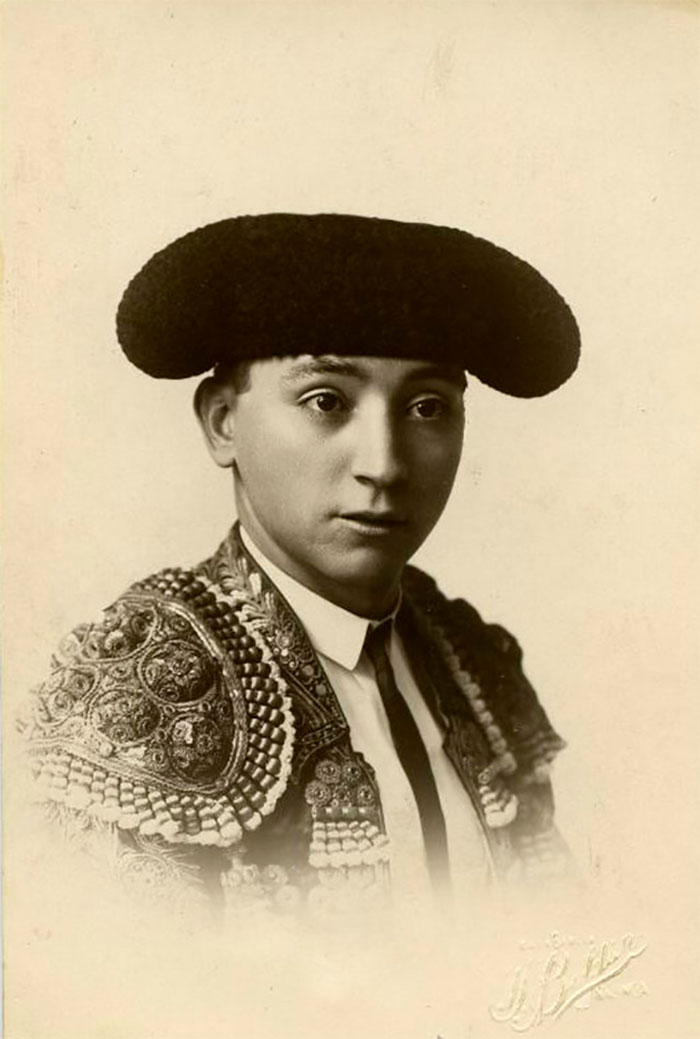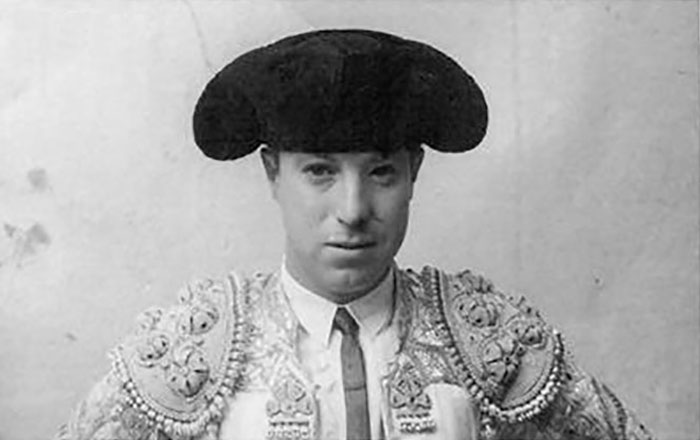He was born in the working-class district of San Bernardo, the cradle of many bullfighters. His parents were employed in the matadero, one of the origins of bullfighting on foot, and it was there that he gained experience of livestock. According to some testimonies, he was tall, well formed, brown, spirited, violent and irascible. He received the alternativa when he was twenty.
His rivalry with Pedro Romero, the great bullfighter from Ronda, began in 1775. Costillares was the one preferred by the upper classes, and Romero was the favourite of the common townspeople. In the decade from 1780 to 1790, Costillares consolidated his status.
Costillares has great importance in the history of tauromachy. He did not limit himself to the passes typical of the matador, but applied himself to perfect the banderillas pass and to improve the spear pass so as to defend the horses better. He extended the play with the cape in a way which still has an influence today, and with the muleta he displayed a quality which put previous matadors in the shade. His qualities began to drive a wedge between what could be a barbaric festival and something more akin to an art. His rivalry with Pedro Romero inaugurated the competition between the two oldest schools of bullfighting, that of Seville and that of Ronda.


